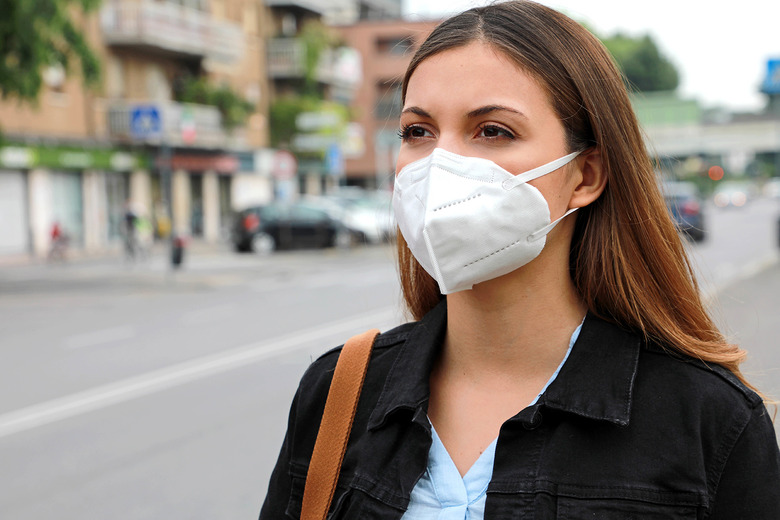Let's Talk About When The Pandemic Will Finally End
- In a coronavirus update shared with reporters this week, a World Health Organization official shared a depressing assessment of when life will finally go back to normal and the COVID-19 pandemic will end.
- Dr. Soumya Swaminathan of the WHO predicts that it will be 2022 before that happens, as a result of the amount of time needed to get a vaccine into a big enough swath of the population.
- The end of the pandemic will come when 60%-70% of the population is finally immune to the virus, Swaminathan adds.
In a coronavirus update shared with reporters during a briefing on Tuesday in Geneva, the World Health Organization's chief science officer threw cold water on the notion that we'll go back to the way things used to be anytime soon or that an end to the pandemic is even remotely close at hand.
Dr. Soumya Swaminathan told reporters "that's not how it works" in response to the assumption that, come January, vaccines will have started to trickle out into the population and things will start going back to normal. "We're looking at 2022, at least, before enough people start getting the vaccine to build immunity," she continued. "So, for a long time to come, we have to maintain the same kind of measures that are currently being put in place with physical distancing, the masking and respiratory hygiene."
The reason why that's the case, she said, is because once the vaccine starts getting rolled out, the world needs some 60%-70% of the population to have immunity before there gets to be a meaningful reduction in the transmission of the virus. Oh, and about that immunity — health experts still aren't sure how long it will last, even off the back of a successful vaccine, so a determination of some kind regarding a vaccine booster shot might have to be made down the line, as well.
As disheartening as that sounds, to have to content ourselves with a year or more before some of these extraordinary circumstances begin to dissipate, Microsoft co-founder Bill Gates — whose foundation has been at the forefront of public health campaigns worldwide — agrees with this estimate.
"In the very best case, two years from now, you would be, for some of the health things in particular, ideally back (to) where you were at the beginning of 2020," he said in an interview with New York Magazine. "That is, if we're lucky enough that several of these vaccines work, including the ones that are low-cost enough that we can scale the manufacturing. And if we get the factories going and we get the money to buy it for the entire world."
In that case — arguably a best-case scenario — the pandemic is slowing down throughout 2021. And, in 2022, officials finally declare it to be over. As a reminder, the timetable for a vaccine arrival (which is the key piece needed in order to hit those dates we just mentioned) is as follows:
Some vaccine clinical trials have encountered safety issues that required a pause in the studies, but there are nevertheless about a dozen vaccine trials in Phase 3 testing. Because there's so many, the hope is that at least one of those drugs will clear the final stage of trials. Once that happens, though, vaccine makers won't be able to supply the vaccine in large enough quantities for everyone to take it.
Immunizing the world's entire population will be a massive undertaking, and since most of the vaccine candidates require two shots (spaced out over a few weeks) the world would need 15 billion doses for every living person to be inoculated against COVID-19.
